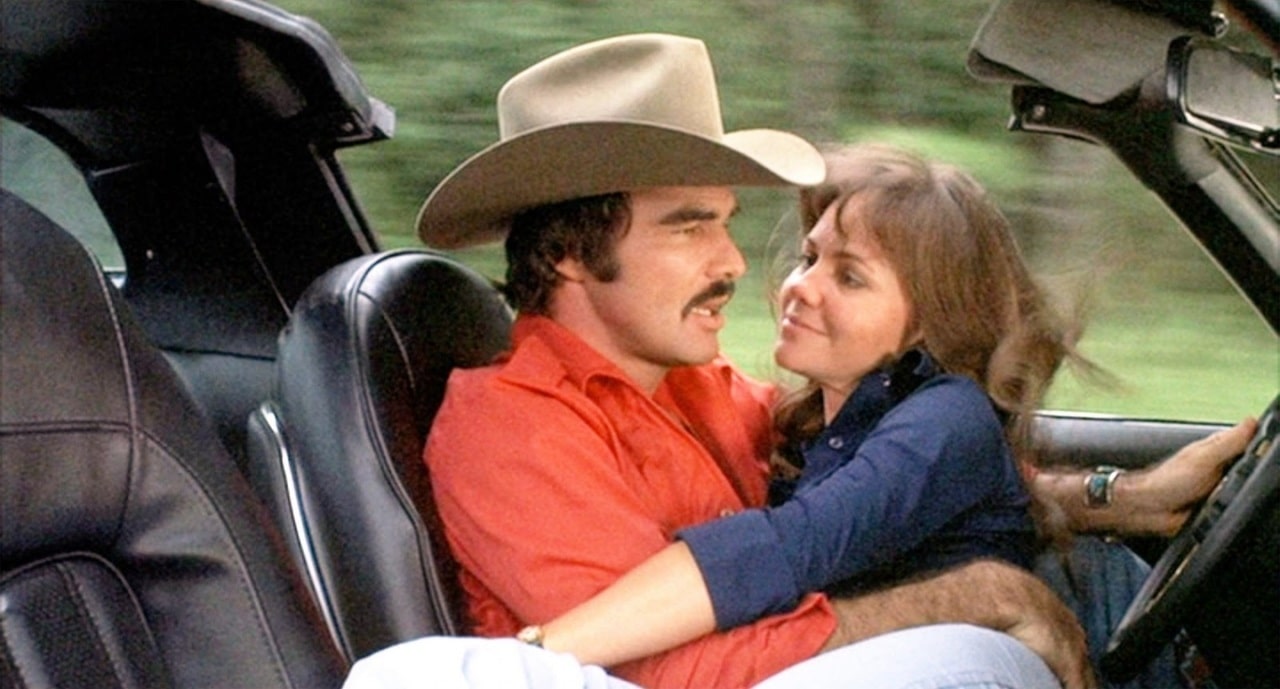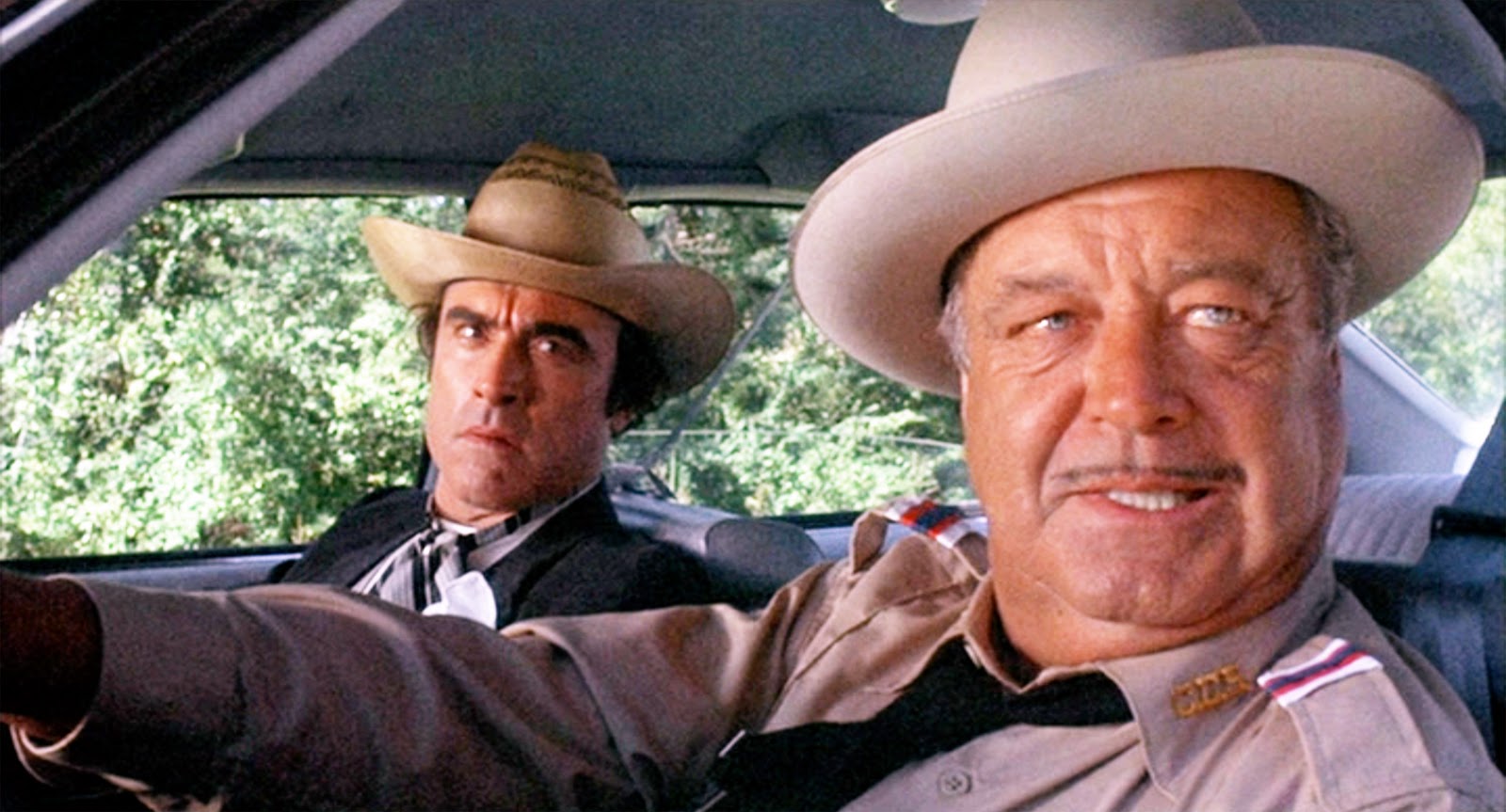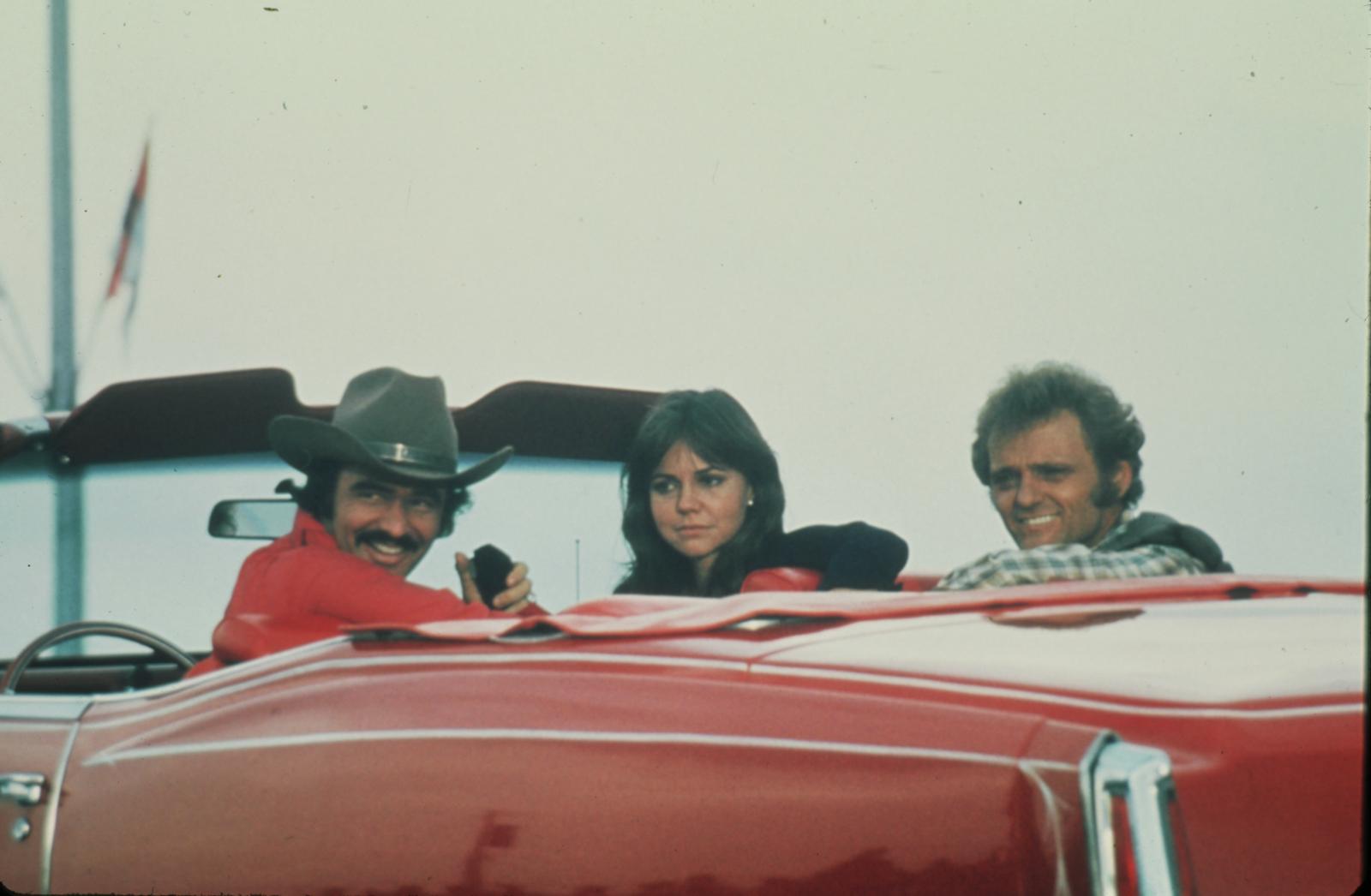Smokey and the Bandit (1977): 15 Weird Facts You Didn't Know!

It looked like a simple Southern comedy. Fast cars, broad jokes, and a truck full of Coors beer. But behind the scenes, Smokey and the Bandit was barely holding together.
The studio slashed its budget mid-production. The script was changed on the fly. One of its biggest stars improvised nearly every line. And in the middle of it all, Burt Reynolds held the entire project together with sheer will—and a Trans Am.
These are 15 facts about the making of Smokey and the Bandit, from last-minute casting to a forgotten TV edit involving the voice of Fred Flintstone.
1. The Beer Smuggling Plot Was Based on a Real Crime
In the 1970s, Coors beer couldn't legally be sold east of the Mississippi. It wasn't pasteurized, required refrigeration, and violated several transport laws. Smuggling it across state lines was genuinely illegal—and people did it. The film's premise came straight from the crew's own experience trying to move Coors to a set and getting pulled over. The black market demand was real. So was the risk.
2. Burt Reynolds Was Paid More Than the Entire Cast and Crew Combined
By 1977, Reynolds was the top box office draw in America. Universal offered him over $1 million—more than the rest of the cast and crew put together. Some found it excessive. Reynolds didn't. When Universal slashed the budget mid-shoot, he told them, "If I walk, this movie dies." They left his salary intact. He was right. Without him, there was no film.
3. The Studio Didn't Want Sally Field
Executives said Sally Field wasn't glamorous enough for the role. Reynolds disagreed. He personally fought to cast her, and got his way. Their off-screen relationship began during production—quick, intense, and very real. They broke up years later, but both later said the chemistry on screen was no act. Reynolds would go on to call not marrying Field the biggest mistake of his life.

4. Their Real-Life Romance Played Out While Cameras Rolled
Reynolds and Field were falling for each other during filming. They improvised together, stayed in each other's trailers, and sometimes didn't break character between takes. Their relationship stretched beyond this film, across sequels, breakups, and tabloids. Field later called it one of the most complicated relationships of her life.
5. Jackie Gleason Improvised Nearly Every Line
Sheriff Buford T. Justice wasn't fully written. Gleason ad-libbed most of his dialogue, including the now-iconic "There's no way, no way you came from my loins." The crew stopped trying to write for him. Reynolds frequently broke character trying not to laugh. Gleason didn't need a script. He became the sheriff, and the result was one of the most memorable comic villains in movie history.
6. Jerry Reed Was Cast the Night Before Filming
Several musicians passed on the role of Snowman before Reynolds called Jerry Reed directly. Reed accepted with zero prep. He showed up with a guitar, threw on a hat, and became the character. During filming, he wrote "East Bound and Down," which became the film's theme song. A last-minute casting decision turned into a key part of the movie's identity.
7. Buford T. Justice Was Based on a Real Sheriff
Gleason modeled the character after a real Florida highway patrol officer he'd encountered during a traffic stop. The voice, the insults, the over-the-top rage—they weren't completely fictional. To get the accent right, Gleason even invited another Southern sheriff to spend time on set.

8. Pontiac Donated Four Trans Ams—All of Them Got Destroyed
Pontiac provided four brand-new Trans Ams for the production. None survived. High-speed jumps, off-road sequences, and crash-heavy stunts bent frames and blew suspensions. The crew had to patch together working cars using spare parts and duct tape just to finish scenes. What you see on screen was often held together by glue and luck.
9. Reynolds Did Some of the Driving Himself
There were no visual effects, no green screen. Just real cars, real roads, and real speed. Reynolds insisted on doing several stunts himself—even when the studio advised against it. Every jump and near-miss was done practically. The risk was real, and so was the adrenaline.
10. A Real Cop Almost Shut Down a Scene
During one chase sequence, a real police officer—unaware filming was in progress—pulled onto set, saw the chaos, and nearly arrested the stunt team. He thought it was an illegal street race. The production had permits, but they weren't clearly posted. The misunderstanding ruined the take but gave the crew a story they never stopped telling.
11. Universal Slashed the Budget Mid-Shoot
Universal didn't believe in the film. They viewed it as a lowbrow regional comedy with limited appeal. Partway through filming, the studio cut costs—shrinking the crew and condensing the schedule. The cast adapted. Locations were reused. Scenes were shortened or improvised. The final product outgrossed Close Encounters and Annie Hall at the 1977 box office.
12. The Ending Was Improvised
The original script ended on a serious note, with the Bandit facing consequences. But the tone felt wrong. During filming, the cast and crew scrapped it and came up with a new ending on the spot. No rewrites. No meetings. Just instinct. It worked—and helped lock in the film's fast, irreverent tone.

13. Critics Hated It. Audiences Didn't.
Roger Ebert gave it two stars. Other reviews were worse. Many called it dumb and disposable. But it made over $120 million and became the year's second-highest-grossing film behind Star Wars. The divide was clear: critics rolled their eyes. Audiences showed up in droves.
14. The Film Sent Trans Am Sales Through the Roof
Pontiac didn't expect much. After release, Trans Am sales nearly doubled in some regions. Dealers couldn't keep them in stock. The black and gold '77 model became synonymous with cool. For years, it remained one of the most recognizable movie cars ever made.
15. Alfred Hitchcock Was a Fan
According to crew members, Hitchcock watched Smokey and the Bandit multiple times and praised its pacing, timing, and momentum. He reportedly called it a perfect example of American film structure. It wasn't a thriller, but he respected its craft. Not bad for a movie the studio thought would flop.